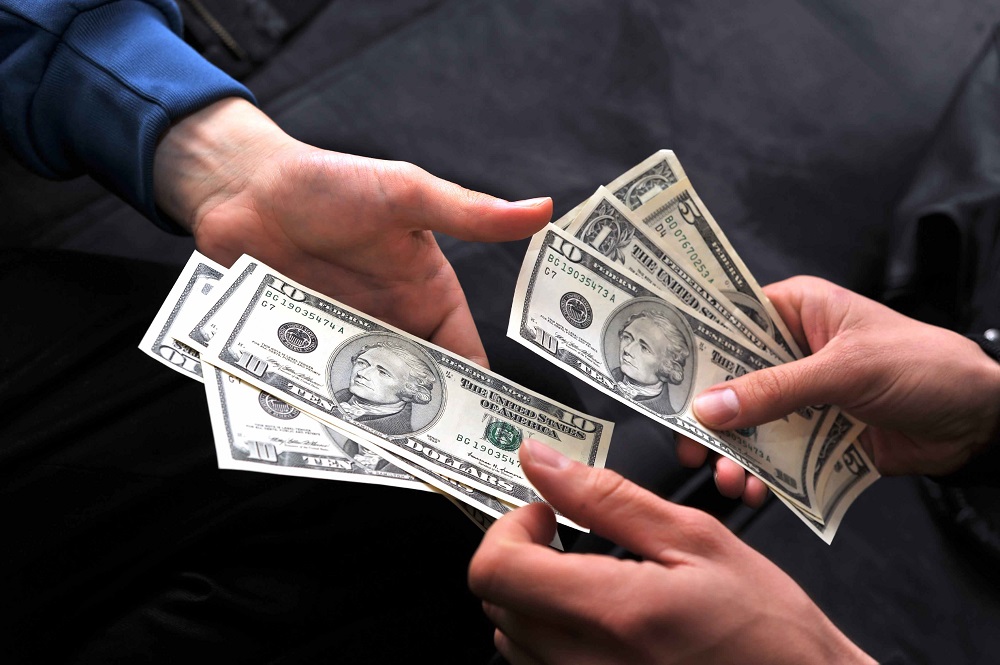
Inflation was supposed to be yesterday’s problem. This time last year, the government’s preferred measure of the annual increase in the cost of living was running at less than 1%. Now it stands at 5.4% – the highest in almost 30 years – and it has not peaked yet.
With the lagged impact of the supply-chain bottlenecks of last autumn feeding through into prices in the shops and a likely 50% jump in domestic energy bills to come, inflation will certainly exceed 6% in April and may be closer to 7%.
inflation
Clearly, the data released by the Office for National Statistics will concern the Bank of England, which is mandated to hit the government’s 2% inflation target and has continually underestimated price pressure over the past year.
The Bank’s monetary policy committee will next meet in early February – and with the cost of food, household goods, eating out, staying in hotels and clothing and footwear all pushing inflation higher last month – the chances of an increase in borrowing costs from 0.25% to 0.5% have increased.
Threadneedle Street’s view is that inflation will peak in the spring and then start to head back down towards target. A return to a more normal economy as the impact of the Omicron variant wanes could help if consumers start spending less on goods (where inflationary pressure is most apparent) and more on services.
But the ONS figures for producer prices – the cost paid by firms for fuel and raw materials and the cost of goods leaving factory gates – suggest there is plenty of inflationary pressure in the pipeline. Industry’s input prices were 13.5% higher in December than a year earlier while output prices were up 9.3%. In both cases there was only a small fall from November’s even higher levels, and the Bank’s fear is that, with firms struggling to find workers, higher prices will lead to higher wage settlements and an inflationary spiral will set in.
Sign up to the daily Business Today email or follow Guardian Business on Twitter at @BusinessDesk
Rishi Sunak is also feeling the heat. As Labour’s Jonathan Reynolds noted, households face a “triple whammy” over the coming months: higher taxes, higher energy bills, and wages failing to keep pace with prices.
In his response to the highest inflation rate since John Major and Neil Kinnock were facing off during the 1992 election campaign, the chancellor said he understood the pressures people were facing with the cost of living.
Sunak is working on a package of help for low-income households before the regulator Ofgem announces the new energy price cap early next month. Steadily rising inflation means the government needs to make it a generous one – or face a political price.

